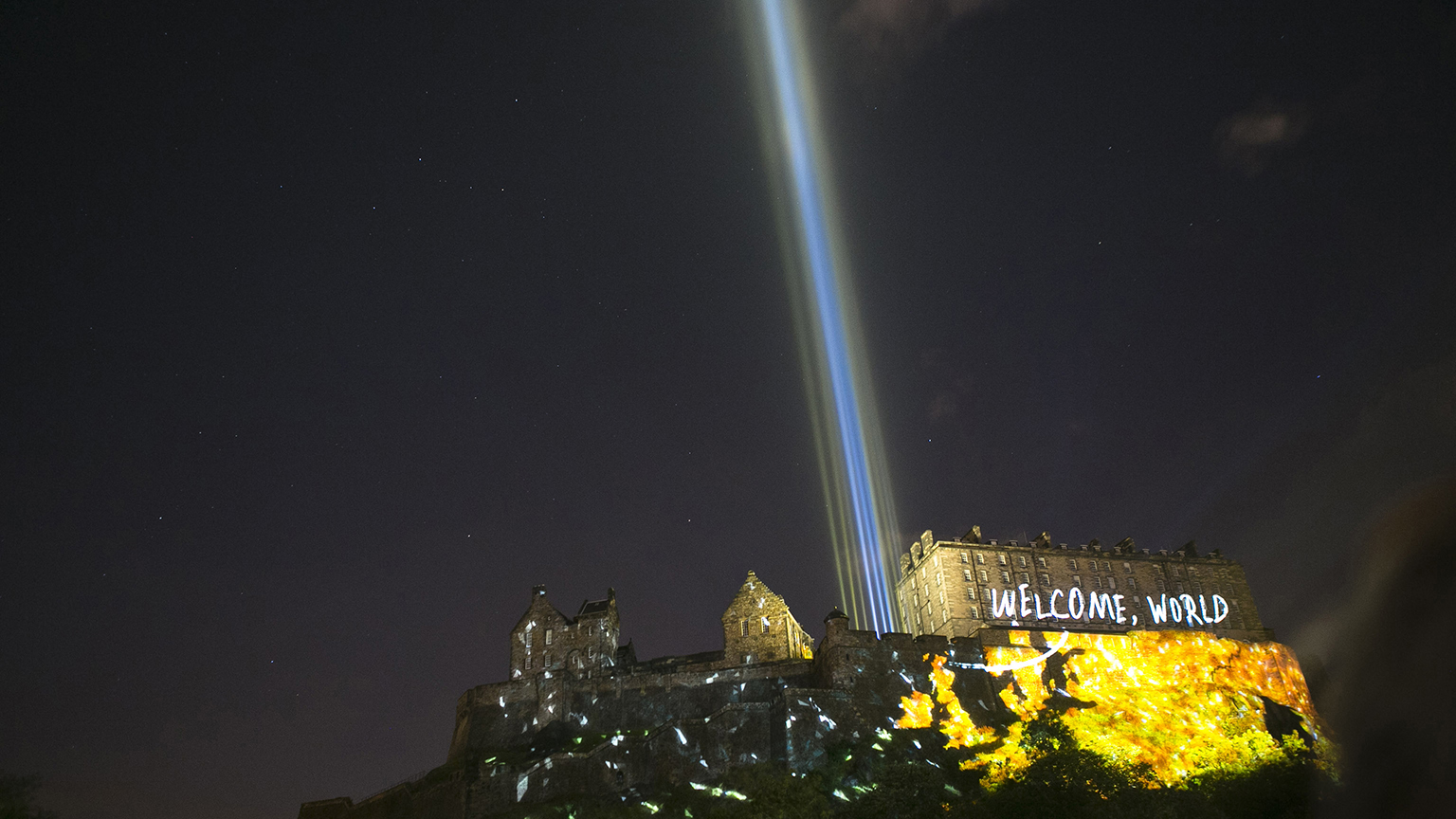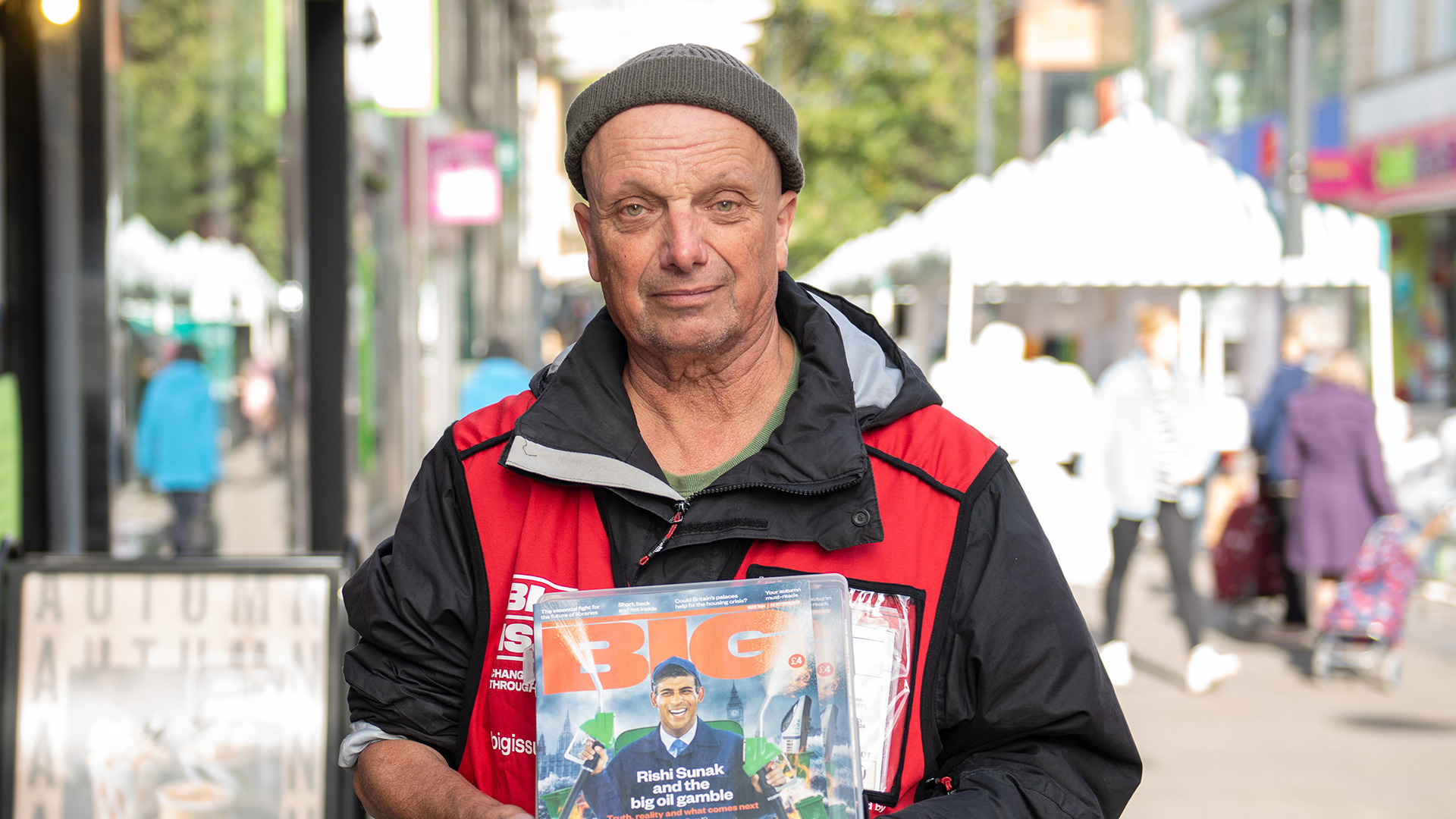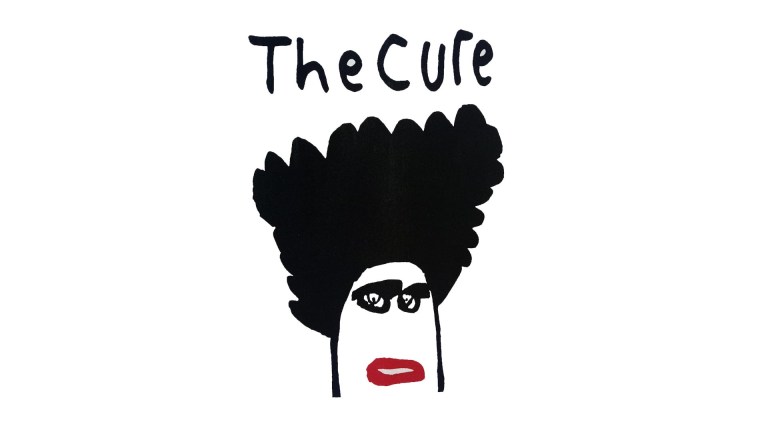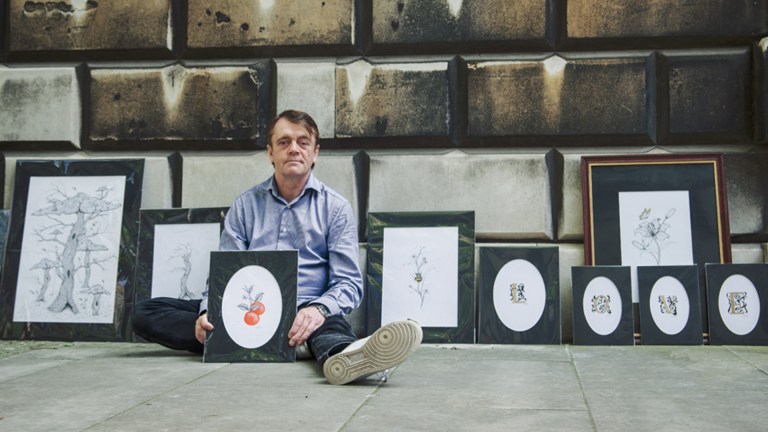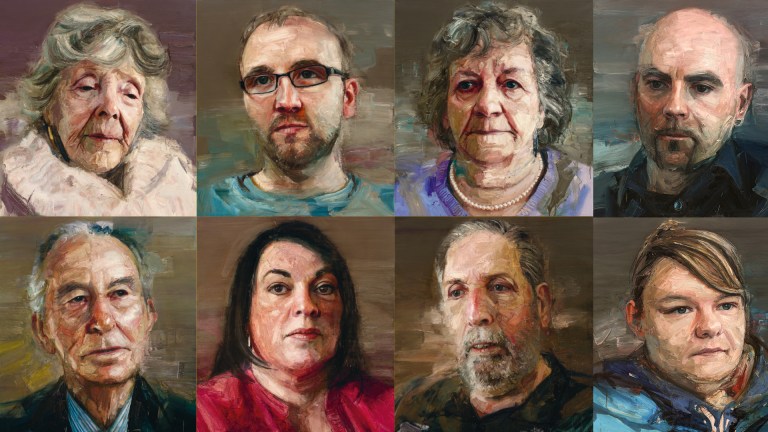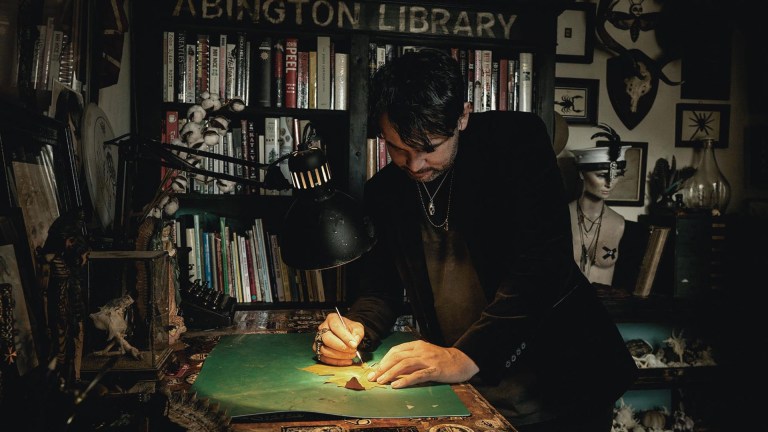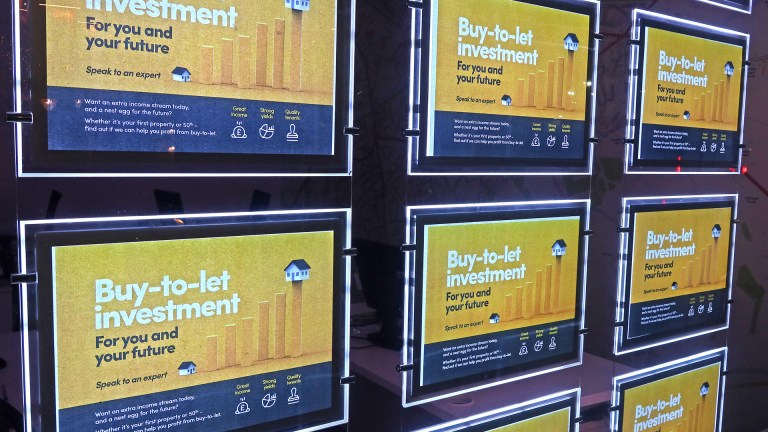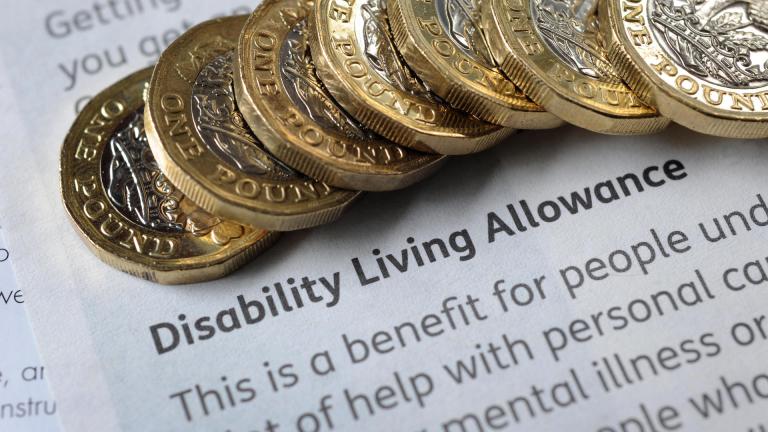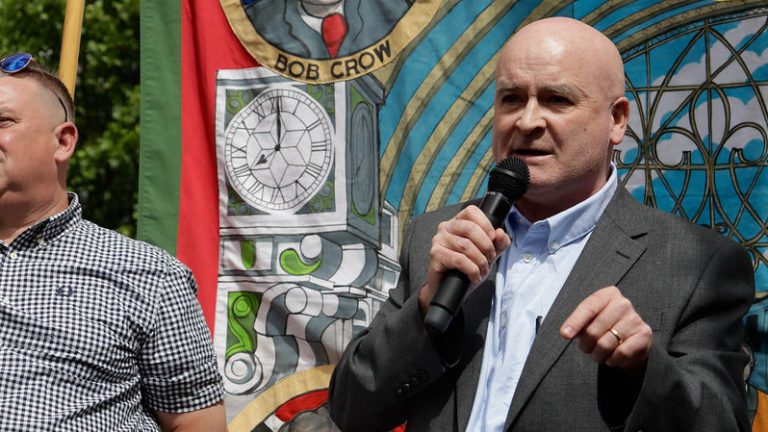Summer is here, the schools are on holiday and Covid restrictions are easing, and although the date for the removal of all government restrictions in Scotland is still planned for August 9, many are still managing the challenges of Covid-19.
At the Edinburgh International Festival we are preparing to mark a return to live performance on August 7, when the BBC Symphony Orchestra performs at Edinburgh Academy Junior School – but the road to this point hasn’t been straightforward.
When we said farewell to our artists, audiences and festival staff at the end of the 2019 Festival, we had no idea that it would be two years before we would be able to present a programme of live performance again. It was a year of uncertainty for everyone in the organisation, the arts and the country as a whole.
However, just as the International Festival was born out of a period of adversity in 1947 with the understanding that arts and culture can inspire and create connection during times of division, we again saw an opportunity to support artists, the arts industry and the city of Edinburgh on the path back to live performance.
Managing the risks has been at the centre of festival planning over the past year. We made the choice to primarily programme UK-based artists, our global celebration coming in the form of invitations to a small number of international conductors, soloists and principals as well as through our free At Home digital programme in partnership with abrdn, which is available globally on our website.
Support The Big Issue and our vendors by signing up for a subscription.
